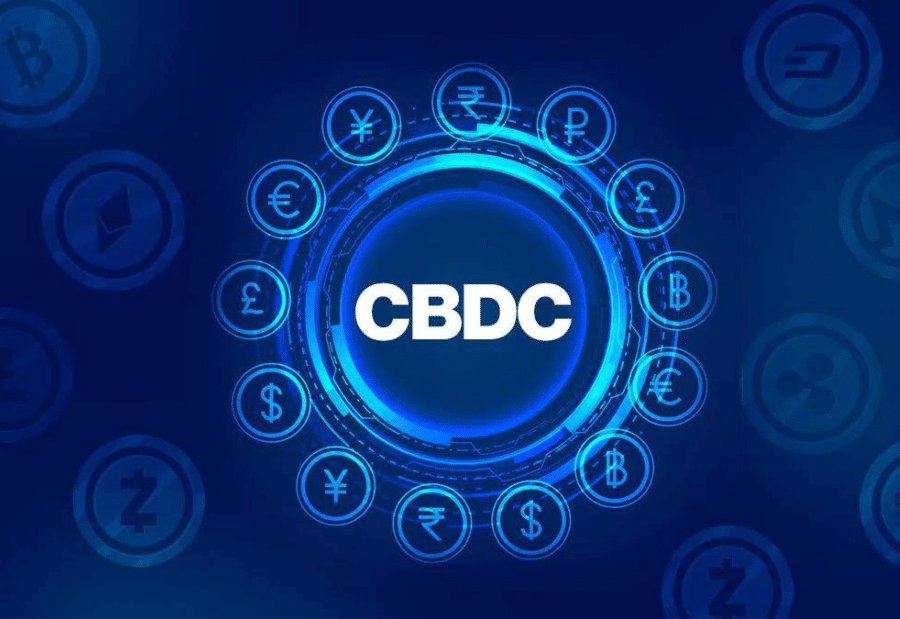About Central Bank Digital Currency (CBDC):
- CBDCs are a form of digital currency issued by a country’s central bank.
- Examples of central banks include the Reserve Bank of India (RBI), the US Federal Reserve System, the Bank of Japan.
- CBDCs are similar to stablecoins, except that their value is fixed by the central bank and equivalent to the country’s fiat currency.
- Advantages:
- It provides businesses and consumers with privacy, transferability, convenience, accessibility, and financial security.
- It also decreases the cost of maintenance that a complex financial system requires.
- It reduces cross-border transaction costs.
- It would also reduce the risks associated with using digital currencies, or cryptocurrencies, in their current form. CBDCs, backed by a government and controlled by a central bank, would give households, consumers, and businesses a secure means of exchanging digital currency.
What are Stablecoins?
- They are cryptocurrencies whose value is pegged or tied to that of another currency, commodity, or financial instrument.
- Stablecoins aim to provide an alternative to the high volatility of the most popular cryptocurrencies, including Bitcoin (BTC).
- Unlike cryptocurrencies like Bitcoin, stablecoins’ prices remain steady in accordance with whichever fiat currency backs them.
- E.g., USDC stablecoin is backed by dollar-denominated assets.
Q1) What are Cryptocurrencies?
A cryptocurrency is a digital or virtual currency secured by cryptography, which makes it nearly impossible to counterfeit or double-spend. Many cryptocurrencies are decentralized networks based on blockchain technology—a distributed ledger enforced by a disparate network of computers.
Source: RBI’s Shankar urges increased adoption of CBDC for efficient cross-border payment
Last updated on November, 2025
→ Check out the latest UPSC Syllabus 2026 here.
→ Join Vajiram & Ravi’s Interview Guidance Programme for expert help to crack your final UPSC stage.
→ UPSC Mains Result 2025 is now out.
→ UPSC Notification 2026 is scheduled to be released on January 14, 2026.
→ UPSC Calendar 2026 is released on 15th May, 2025.
→ The UPSC Vacancy 2025 were released 1129, out of which 979 were for UPSC CSE and remaining 150 are for UPSC IFoS.
→ UPSC Prelims 2026 will be conducted on 24th May, 2026 & UPSC Mains 2026 will be conducted on 21st August 2026.
→ The UPSC Selection Process is of 3 stages-Prelims, Mains and Interview.
→ UPSC Result 2024 is released with latest UPSC Marksheet 2024. Check Now!
→ UPSC Prelims Result 2025 is out now for the CSE held on 25 May 2025.
→ UPSC Toppers List 2024 is released now. Shakti Dubey is UPSC AIR 1 2024 Topper.
→ UPSC Prelims Question Paper 2025 and Unofficial Prelims Answer Key 2025 are available now.
→ UPSC Mains Question Paper 2025 is out for Essay, GS 1, 2, 3 & GS 4.
→ UPSC Mains Indian Language Question Paper 2025 is now out.
→ UPSC Mains Optional Question Paper 2025 is now out.
→ Also check Best IAS Coaching in Delhi

















